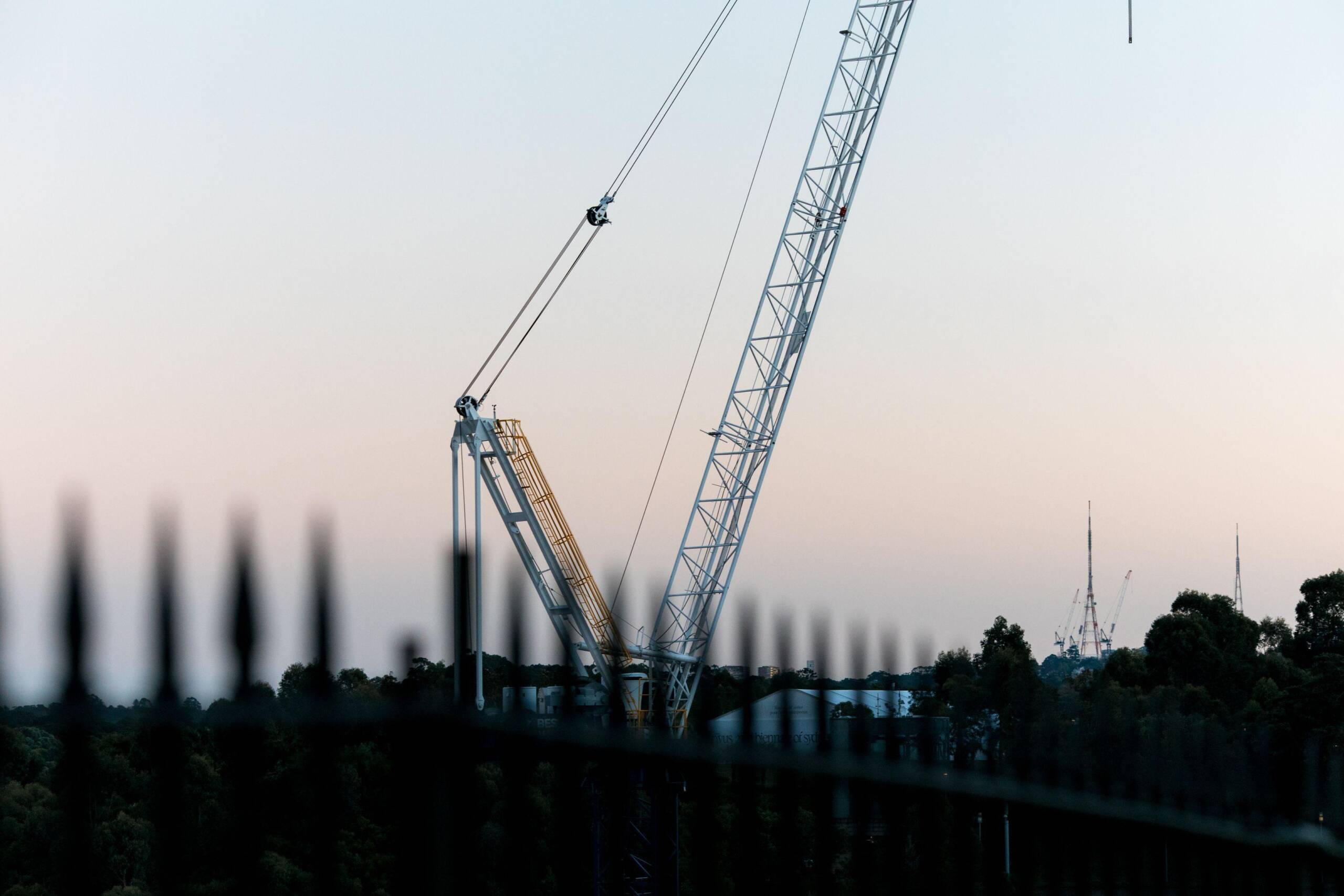In the renewables sector, developers will have the choice of deciding if they wish to proceed with a split contract or full EPC wrap. And OEMs (original engineering manufacturers, the suppliers of most of the bespoke hardware), will in turn have a decision to make as to if they’re willing to accept a full EPC wrap versus a split contract. And then again, the balance of plant contractors will have a decision to make as to if they want to be a subcontractor (balance of plant contractor) to an OEM under an EPC wrap model, or have direct line of sight to the Principal developer under a split contract model.
Let’s recap:
- In a full EPC wrap model, the developer principal engages the OEM to design, construct and supply the equipment for the project facility. In say a BESS project (battery energy storage system), the OEM then subcontracts the design for the balance of plant to a “BOP” contractor. The BOP contractor is really the arms and legs for the OEM for most of the day-to-day deliverables. Really the OEM is just suppling the equipment, while the BOP contractor is rolling the bench, building the roads, constructing all the service facilities including administration buildings etc, importing and installing necessary cables (after trenching) and all the other sundry works. The OEM is simply delivering the equipment, then once the BOP contractor has installed and connected it, the OEM undertakes its commissioning. The reason the OEM is the direct engagement of the principal under an EPC wrap model is because there is the lion’s share of the cost sitting in the OEM’s scope; a BOP contractor would never in its right mind accept the kind of risk associated with the OEM’s scope for the value of the BOP contractor’s contract value.
- Conversely in a split contract model, the developer separately engages:
- The OEM under a supply agreement;
- The BOP contractor under a design and construct agreement (hence the BOP contractor is the “D&C Contractor”).
- The advantage under a split contract model is particularly felt by the D&C Contractor, who then has direct line of sight, and communication, to the developer. This is a far superior position to be in. It means the D&C Contractor can seek to effect design changes with more efficacy, there are no road blocks by an OEM keen to maintain relationships with the developer. It also means the Principal has more say in the project, because by the very nature of the contract structure, the Principal needs to have more involvement in the project. That is, the Principal needs to administer the interface risk between the OEM and the D&C Contractor. Under an EPC wrap, this is simply the EPC contractor’s problem.
Generally, we prefer to see the split contract model. It means the D&C Contractor has more influence and there are less layers of contracts between the Principal and the downstream parties. This is particularly true if the D&C Contractor intends to and does subcontract bulk civils and detailed civils packages (where there are separate subcontractors sitting beneath the D&C Contractor).
Where to from here? We are seeing plenty of split contracting, although there are some major players holding onto the EPC wrap. From a contractor’s perspective, the sun shines on the split contract model, otherwise the contractor can be in the difficult position of building a project for a client to which it has a limited ability to influence.

